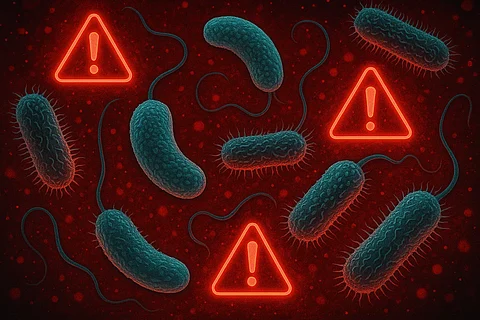Government’s Rapid Response – But Is It Enough?
The Odisha government has already prepared four state-level teams to cover the five districts that are affected.
Awareness programs are going door to door, sanitation programs into hospitals, and thorough checks are being conducted on food safety.
The government has also closed restaurants, unsanitary food stores, and declared a prohibition on mass celebrations in some of the most dangerous locations on a temporary basis.
In the meantime, the Central health team has recommended prompt action, such as the availability of safe drinking water, 40 mobile health camps alone in Jajpur.


